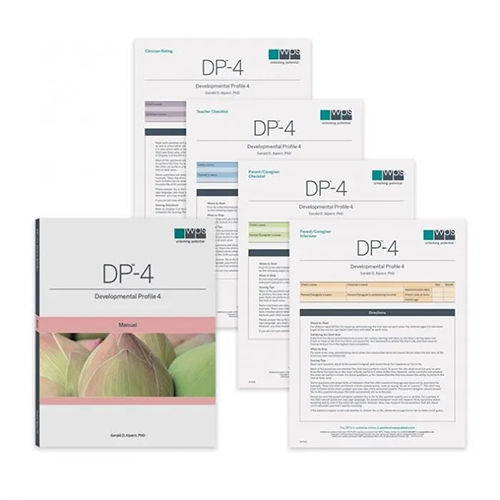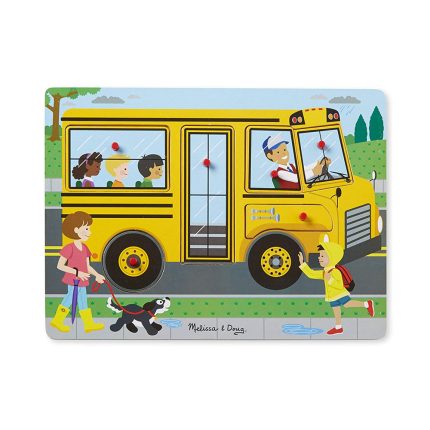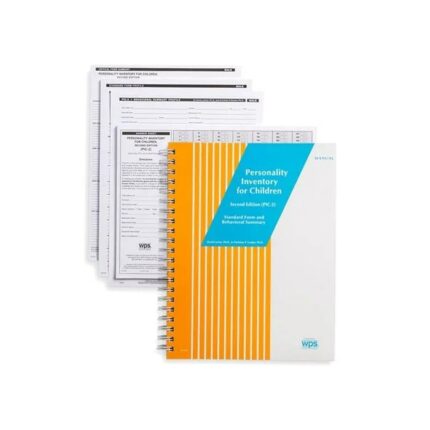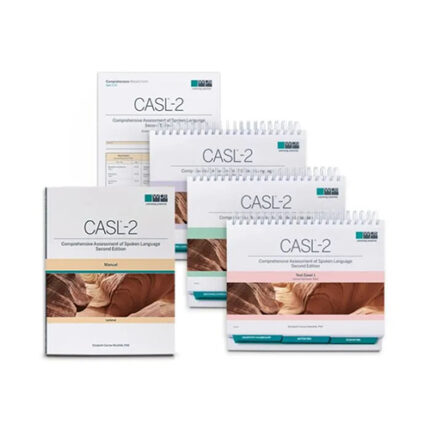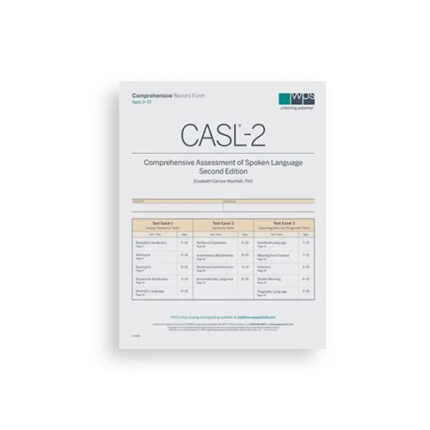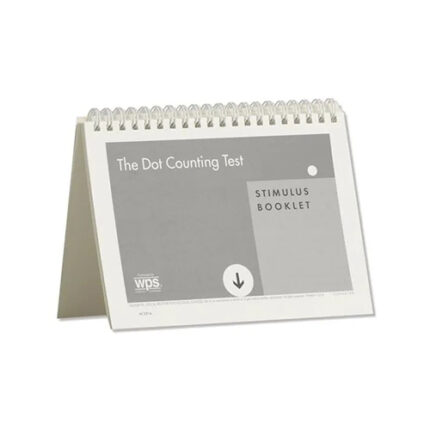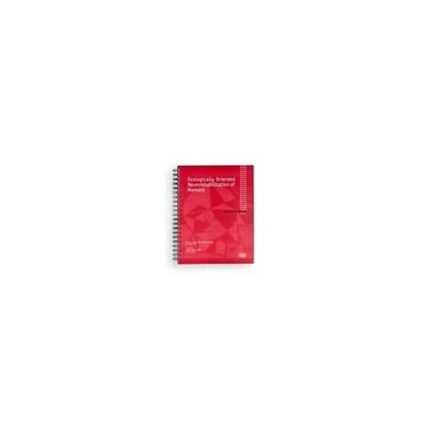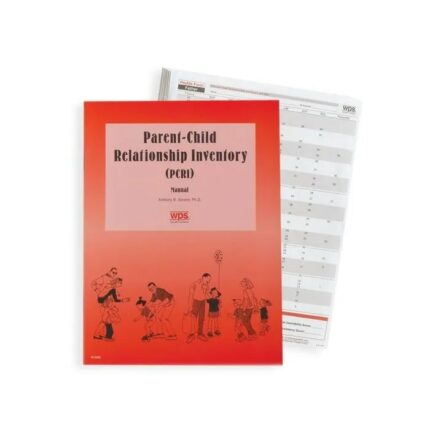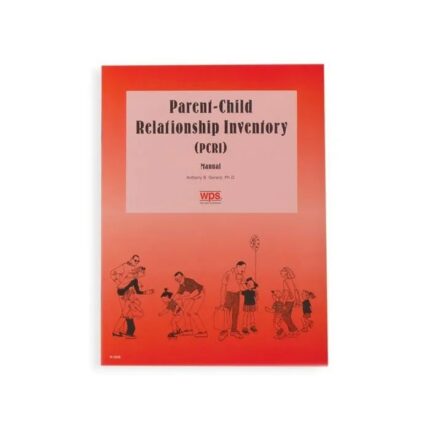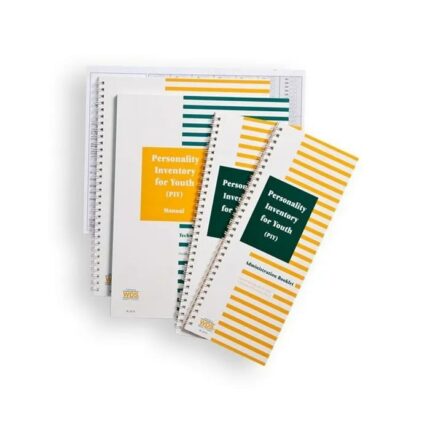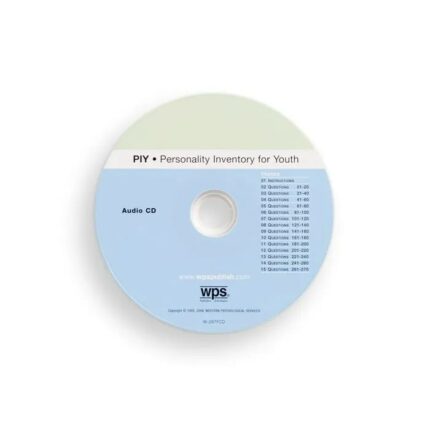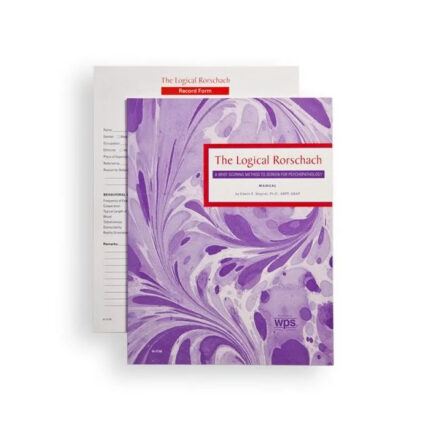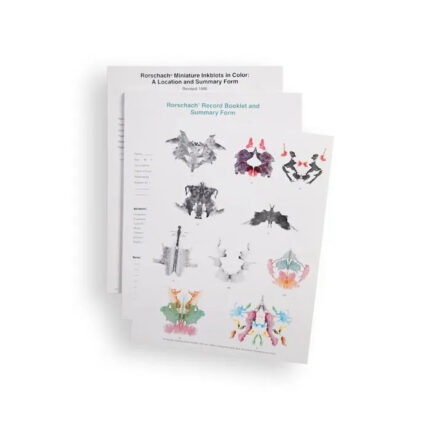(DP™-4) Developmental Profile 4
BENEFIT
Published Translations

The DP-4 retains the core elements of its predecessors while adding features that strengthen it as an instrument. It is a powerful, quick, and cost-effective developmental test that can help:
- Quickly identify strengths and weaknesses
- Compare development in different key areas
- Plan intervention with item-by-item teaching activities
- Determine eligibility for special education
- Write IEP goals
- Determine specific areas for further assessment
- Monitor progress over time
What’s New in the DP-4?
- Upgraded with a broader age range
- New growth scores monitor progress over time
- Updated norms based on a new, 2018 nationally representative standardization sample
- Two new forms (Teacher Checklist and Clinician Rating) strengthen overall evaluation
- Norms now include Spanish-language and clinical cases
- Updated items to accommodate children who are deaf/hard of hearing
The DP-4 evaluates children’s functioning in just 20 to 40 minutes. It features:
- Norms-based standard scores
- Clear interpretive guidelines
- Strong reliability and validity, as demonstrated by empirical studies
- Online administration, scoring, and reporting (in addition to traditional print forms)
With the WPS Online Evaluation System, the DP-4 can be done virtually anywhere, with scores, reports, and intervention plans created instantly. The OES allows less time spent on testing and more time allowing children to reach their potential.
Like its predecessors, the DP-4 measures an individual’s development across five scales:
Physical: Large- and small-muscle coordination, strength, stamina, flexibility, and sequential motor skills
Adaptive Behavior: Ability to cope independently in the environment—to eat, dress, work, use technology, and take care of self and others
Social-Emotional: Interpersonal skills, social-emotional understanding, functioning in social situations, and how the child relates to their peers and adults
Cognitive: Intellectual abilities and skills prerequisite for academic achievement
Communication: Expressive and receptive communication skills, including written, spoken, and gestural language
Click here to download a free DP-4 Development Chart featuring the five areas of development.
How it Works
The DP-4 is an instrument for comprehensive assessment with a simple yes-or-no response format including 190 test items, each describing a particular skill. The respondent uses these items as an indication of skill mastery. Each of the five scales on the interview form uses start and stop rules and norms for administering items. All five scales are not necessary if only one area of development is of interest. Additionally, each item has its own intervention activity.
Four forms offer flexible administration:
- Parent/Caregiver Interview Form (Spanish version available)
- Parent/Caregiver Checklist (Spanish version available)
- Teacher Checklist (Spanish version available)
- Clinician Rating (English only)
Three forms (Parent/Caregiver Interview, Parent/Caregiver Checklist, and Teacher Checklist) provide both standard and growth scores. The Clinician Rating form provides growth scores for monitoring progress.
Available through the WPS Online Evaluation System, this option offers unmatched flexibility, convenience, and customizable features that are also available in print.
Applications and Uses
The DP-4 can be used for a wide range of referral questions related to child development, such as investigate puzzling behavior, responding to parental concerns, or following up on teacher observations. The DP-4 can be completed by multiple raters to provide a complete picture of the child’s skills in different settings.
Because the DP-4 meets federal criteria for evaluating children with developmental concerns, it’s useful in determining eligibility for special education, as well as developing IEPs. Its five scales correspond to the five domains specified in IDEA for assessing developmental delays.
The DP-4 is an excellent way to identify developmental strengths and weaknesses. Its norms-based standard scores allow you to compare a child’s functioning with that of their peers and design interventions for their particular needs. The growth scores allow for monitoring their progress over time.
| Therapy |
All Therapy Evaluation Tools |
|---|


